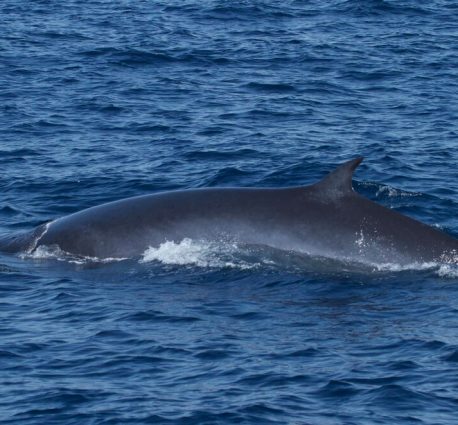Humpback whales are the most majestic animals in the ocean, and are seen annually passing through the Watamu Protected Area on the Kenyan Coast.
Ask any tourist to name the Big Five of Kenya, and they will no doubt give you the usual list of terrestrial animals. Although visitors to Kenya are aware of Kenya’s beautiful beaches, coral reefs, fishes and sea turtles, not many know 10 different species of dolphins and whale have been identified in Watamu, which could easily be included in the ``Marine Big Five``
The good news is Kenya, over recent years, has recorded new species, due to sports fishermen with the Kenya Association of Sea Anglers reporting to their partners, Kenya Marine Mammal Network (KMMN). The KMMN database is run by scientists at Watamu Marine Association (WMA) and Global Vision International (GVI) with Kenya Wildlife Service (KWS) in Watamu and Kisite National Marine Parks and Reserves who record the hotspots for Kenya. This information is not only important to conservationists, but also to visitors wishing to see migrations of humpback whales, and the occasional sightings of killer whales, sperm whales, and Bryde's whales too.
Since 2011 local fishermen are combining fishing trips with dolphin and whale watching for their guests. In 2012, Hemingways, Watamu, was the first coastal hotel to offer whale-watching excursions and in 2014, sports fishermen followed suit. To keep up with the popular activity, WMA published responsible dolphin and whale watching guidelines.
Each year whales are first sighted along the coast of East Africa in early June as they make their annual migration north from Antarctica.
Whales travel to warm tropical inner reefs during both breeding and birthing. Newly born calves typically remain with the mothers for about two years, until weaned. The return journey is made in October, swimming over 4,000km to the cold, food-rich seas of Antarctica, their main feeding area for sardines or krill. These magnificent marine mammals can reach a length of 15 metres and weigh around 30 tonnes (about six times the weight of an elephant). Watching them in their natural environment leaping out of the water, sometimes in pairs, or larger family groups, is an unforgettable sight.
To quote recent visitors to Watamu, the experience is ``more exciting than great white shark watching in South Africa,`` and ``watching these magnificent animals with young calves jumping out of the water is a natural beauty to behold.`` They can sometimes even be seen from land in Watamu, as you sip a cold beer at the bar of Ocean Sports or Hemingways, hotels, both facing the marine park.












